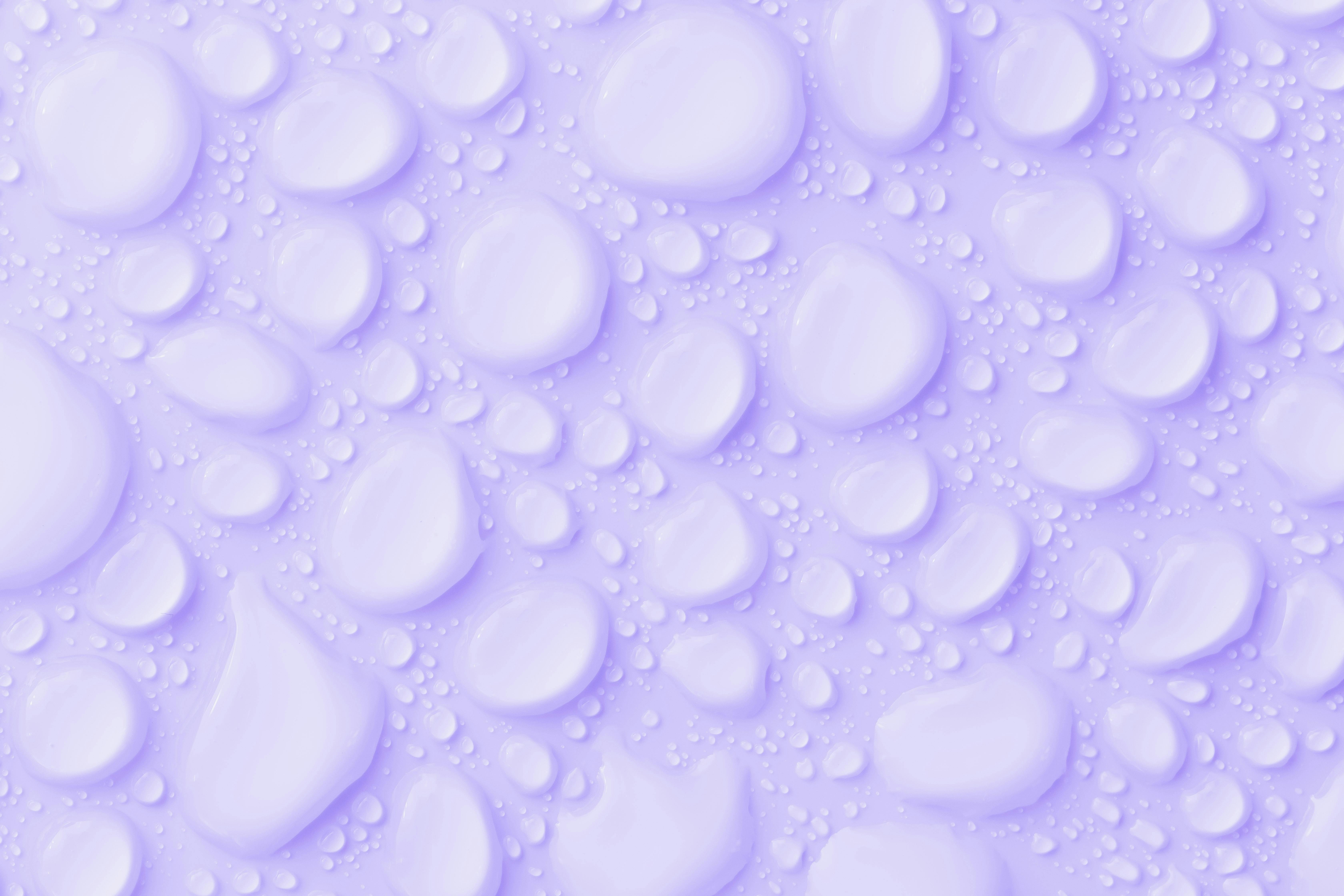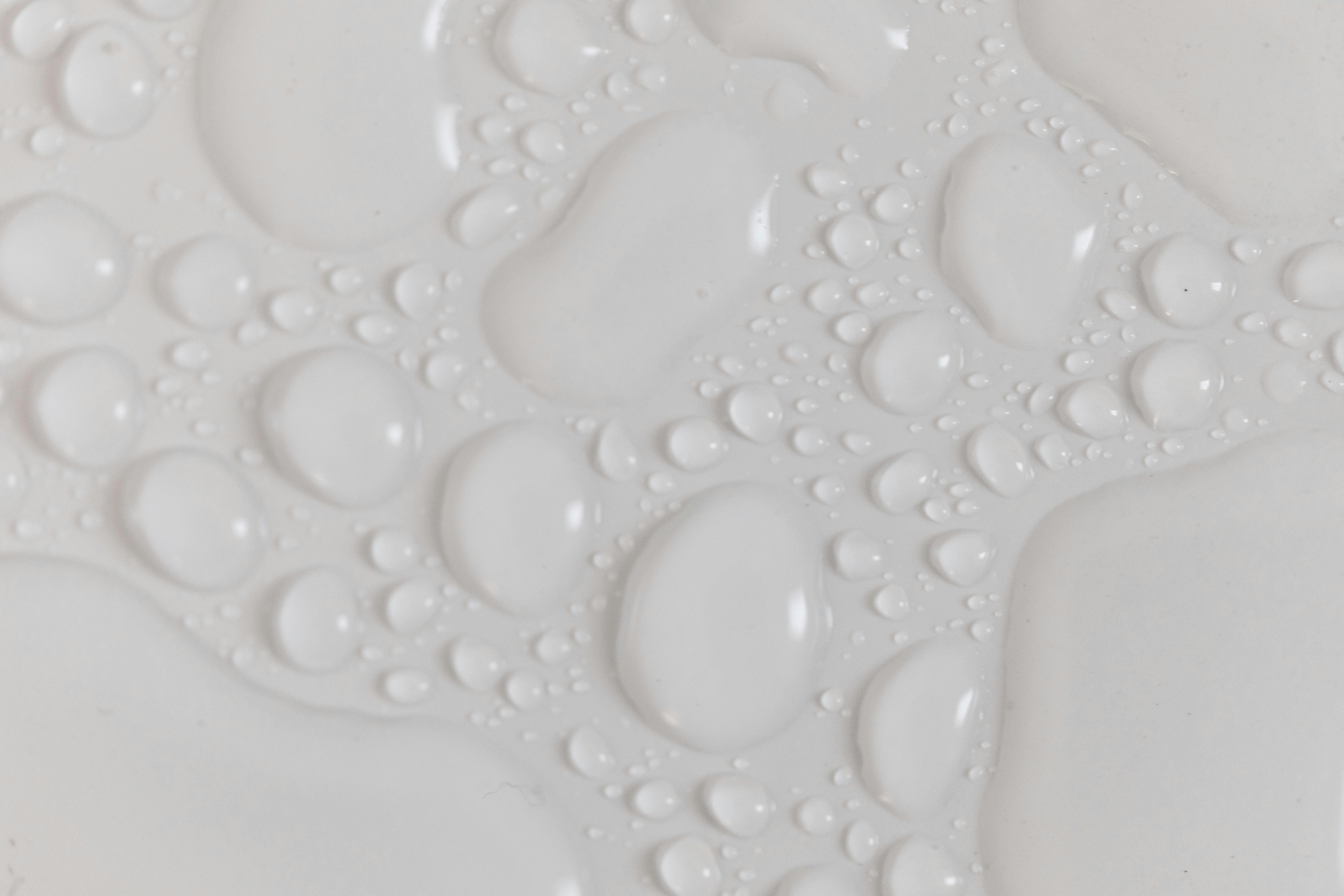Distilled water is a type of purified water that has had all its impurities removed through a process of distillation. It is often used in medical and laboratory settings as it does not contain any minerals or other contaminants that could interfere with experiments. Distilled water is also used for drinking, as it has no flavor or odor and is safe for consumption. The main difference between distilled water and other forms of purified water lies in the way it is produced. While other methods use filters to remove certain pollutants, distillation involves boiling the water and capturing the steam, which leaves behind all the impurities.Distilled water is water that has been boiled into vapor and then condensed back into liquid form. It is a type of purified water that has had any minerals, salts, or other impurities removed through the distillation process. It is also known as demineralized water or deionized water.
How is Distilled Water Made?
Distilled water is made through a process called distillation. This process involves boiling water and collecting the resulting steam, which is then condensed back into liquid form. During this process, contaminants and impurities are left behind, leaving only pure water. The steam is collected in a separate container, cooled down, and then collected as distilled water. This process can be used to create both drinking water and other types of purified water for industrial or laboratory use.
Distillation works by taking advantage of different boiling points for different substances; while pure water will boil at 212 degrees Fahrenheit (100 degrees Celsius), contaminants will have different boiling points that may be higher or lower than the boiling point of pure water. During the distillation process, contaminated water is boiled until it reaches its boiling point; as the steam rises from the boiling liquid, it carries away the dissolved solids with it. As the steam rises higher in temperature it condenses back to a liquid state, where it can then be collected separately from the original contaminated liquid.
This process can also be used to remove certain minerals from natural sources of drinking water such as rivers
The Benefits Of Drinking Distilled Water
Drinking distilled water has many benefits. Distilled water is pure and free of contaminants and toxins, making it an excellent choice for individuals looking for a safe and healthy water option. Distilled water is also a great choice for people with sensitive stomachs or who have difficulty digesting other types of water. Additionally, distilled water can be used for cooking and baking as well as for steam or hot showers.
The process of distillation removes impurities from the water, such as bacteria, viruses, minerals, and other contaminants that can be present in tap or well water. By removing these dangerous substances, distilled water is much cleaner than regular tap or well water and therefore safer to drink. Drinking distilled water also helps to reduce the risk of heavy metal toxicity by removing any metals present in the water supply.
Distilled water is tasteless due to its lack of minerals and other contaminants. This makes it a great option for those who don’t like the taste of regular tap or well water. Additionally, because there are no minerals present in distilled water, there is no risk of
Risks of Drinking Distilled Water
Distilled water is water that has been boiled and evaporated and condensed back into liquid. It is free from all minerals, salts, metals, and other impurities. While it has some advantages over tap water, distilled water also comes with some risks associated with it.
The first risk of drinking distilled water is that it can be low in essential minerals like calcium and magnesium. Our bodies need these minerals for proper hydration and to keep our bones strong. Without them, our bodies can become dehydrated and our bones weakened.
Another risk of drinking distilled water is that it can leach vital minerals from the body. Since distilled water does not contain any minerals, it can pull essential minerals like calcium and magnesium from our bones and other tissues as it passes through our body. This can leave us deficient in vital vitamins and minerals necessary for healthy functioning.
Finally, drinking too much distilled water can lead to an electrolyte imbalance. This occurs when the level of sodium in the blood gets too low or too high due to a lack of electrolytes like sodium, potassium, chlorine
Regular Tap Water
Regular tap water is the water that comes out of a typical household tap in the United States. It is typically chlorinated and treated with fluoride, and often contains other minerals and contaminants. The quality of regular tap water can vary significantly from one area to another, depending on the source of the water supply. In some areas, tap water may be safe to drink straight from the tap, while in others it may require extra filtering or boiling before it is safe to consume. Regular tap water is usually safe for bathing and doing laundry, but it may not be suitable for drinking or cooking without additional treatments.

How Is Tap Water Made?
Tap water is made by collecting and treating water from various sources. This includes collecting rainwater runoff, surface water, and groundwater. After the water is collected, it is then treated with various chemicals to make it safe to drink. These chemicals can include chlorine, fluoride, and other disinfectants. The treated water is then stored in reservoirs or large storage tanks before it is distributed through a network of pipes to homes and businesses. Additionally, many cities also have filtration systems that further treat the tap water before it reaches consumers. These filtration systems can remove additional impurities such as sediment and other particles that may not have been removed during the initial treatment process. Once the tap water reaches homes and businesses, it must be tested regularly to ensure that it meets quality standards for safety and consumption.
Overall, the process of making tap water safe for consumption involves a number of steps that must be taken in order to ensure safe drinking water for everyone. From collecting the source water to treating it with chemicals and storing it in reservoirs or tanks, all the way through distribution and testing – this process works together to ensure that tap water is
The Benefits Of Drinking Tap Water
Tap water is an important part of our lives, and it is essential for the health and wellbeing of all people. It is not only affordable but also provides many benefits that make it a better choice than bottled water. The following are some of the benefits of drinking tap water:
1. Cost-Effective: Tap water is much cheaper than bottled water, making it an economical choice for those on a tight budget. It is also readily available in most areas, so you don’t have to worry about running out or having to buy expensive bottled water.
2. Environmentally Friendly: Tap water does not require any additional packaging or transportation, which means it does not contribute to plastic waste or air pollution like bottled water does. Additionally, tap water production uses less energy than most other forms of energy production, making it more eco-friendly.
3. Healthy: Tap water is regulated by the government and undergoes rigorous testing to ensure it meets safety standards set by the Environmental Protection Agency (EPA). This means that tap water is generally safe to drink
Risks Of Drinking Tap Water
Tap water is a major source of drinking water for many people around the world. While it is convenient and usually affordable, there are certain risks associated with drinking tap water. Contamination from lead pipes, industrial waste, and other pollutants can make tap water unsafe to drink. In addition, some areas have poor water quality due to aging infrastructure and outdated treatment systems.
Lead contamination is perhaps the most serious risk associated with drinking tap water. Lead can leach into the water supply from old pipes, solder used to join pipes together, or fixtures like faucets or showerheads. Long-term exposure to lead in drinking water can cause health problems such as kidney damage and reduced IQ in children.
Industrial waste can also contaminate tap water in some areas. Pollutants like heavy metals or chemicals may enter the public supply through illegal dumping or malfunctioning factories or treatment plants. These contaminants pose a serious health risk if ingested in large amounts over time.
Finally, many areas have outdated infrastructure that makes it difficult to provide high-quality drinking water on a consistent basis. Aging pipes are prone to corrosion

Conclusion
Distilled water is beneficial to our health as it is free from contaminants and minerals that can be found in regular tap water. It is also used in many industrial applications as it offers a more uniform product that can be used in different processes. Although distilled water may cost more than regular tap water, its purity and lack of added chemicals make it the preferred choice for many people.
Overall, it is essential to understand the difference between distilled and regular water in order to make an informed decision about which type of water is best for your specific needs. Distilled water provides a unique set of benefits that are not found in regular tap water, making it a great option for those who are looking to ensure their drinking water is safe and free from pollutants.

